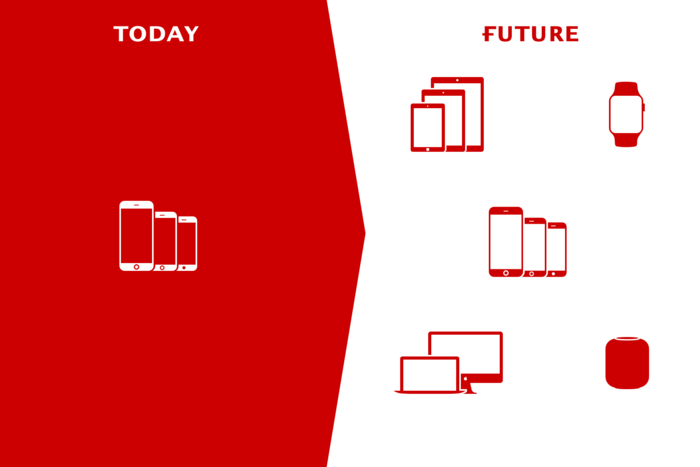Rebuilding My Favorite Messaging App
In December of 2019, TapStack shut down. I discovered TapTalk (TapStack) in 2014 during the rise of a handful of quick-shot messaging apps (Yo era). My face is even in a screenshot from a TechCrunch article by Mike Butcher in 2014. There were three things that immediately attracted me to the product.
The first was privacy. TapTalk did not have a public feed where people could like, comment, heart, favorite, repost, upvote, and amplify. The network was only for people that you already knew which made it great for sharing personal and private messages.
The second was speed. Sending a tap was faster (still faster) than any other messaging platform. Instagram and Snapchat rely on post-production filters and editing before sharing your messages. TapTalk inverted this model by placing the editing up front. Pre-production creates a quick message composition workflow for sending messages using...



